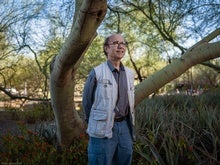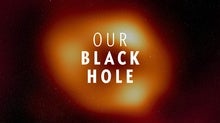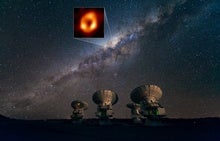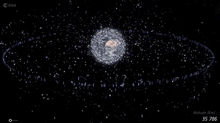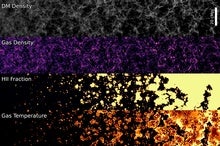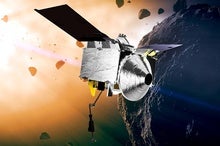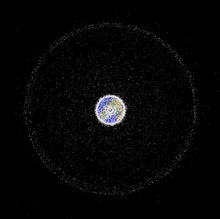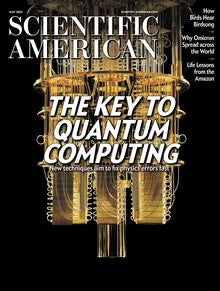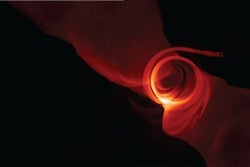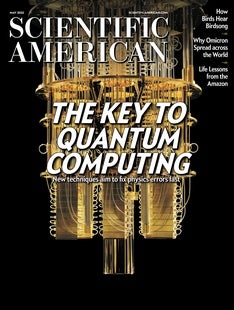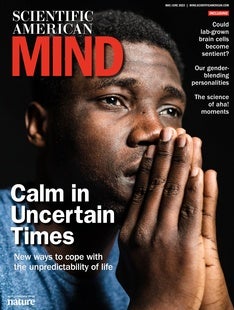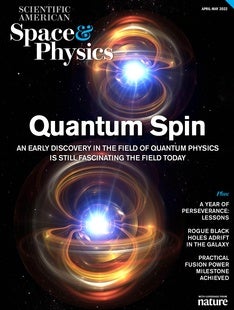|
 | |||||
| May 12, 2022 | |||||
| Dear Reader, This week, we're staring into the Milky Way's heart of darkness—literally. This morning, scientists from the Event Horizon Telescope collaboration unveiled the first-ever direct image of the four-million-solar-mass black hole at our galaxy's center. The image itself is not obviously remarkable, looking more like a fiery, blurry donut than some fearsome engine puncturing the fabric of spacetime. But it represents the fruition of decades of work by thousands of researchers. The feat ushers in a new era in our understanding not only of supermassive black holes, but also their broader influence upon their host galaxies, and their emergence from the fundamental physical laws that shape the universe. | |||||
| |||||
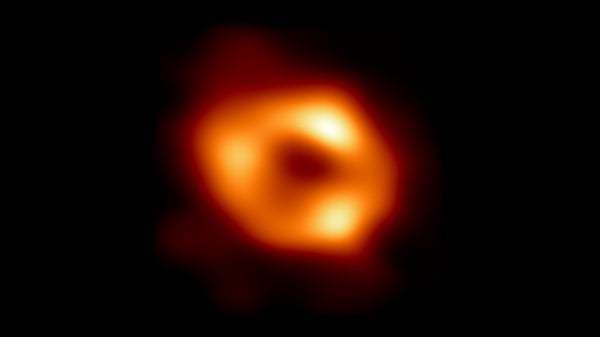 | |||||
| |||||
| |||||
| |||||
| |||||
| |||||
| |||||
| |||||
| |||||
| |||||
| |||||
| |||||
| |||||
| LATEST ISSUES | |||||
| |||||
| Download the Scientific American App | |||||
|

